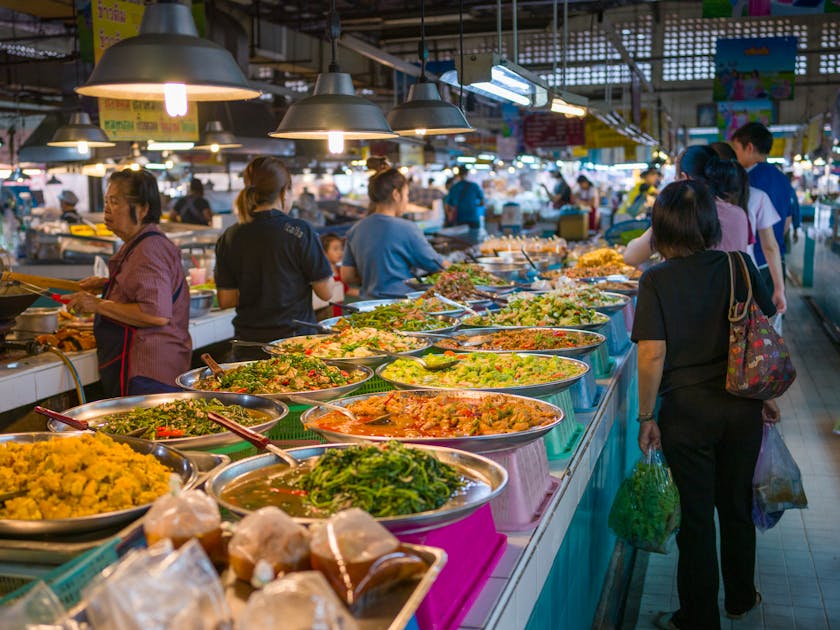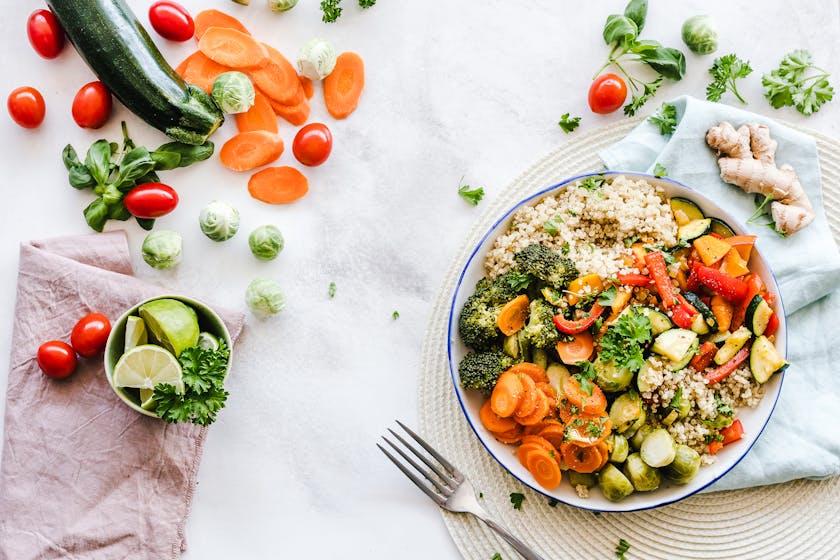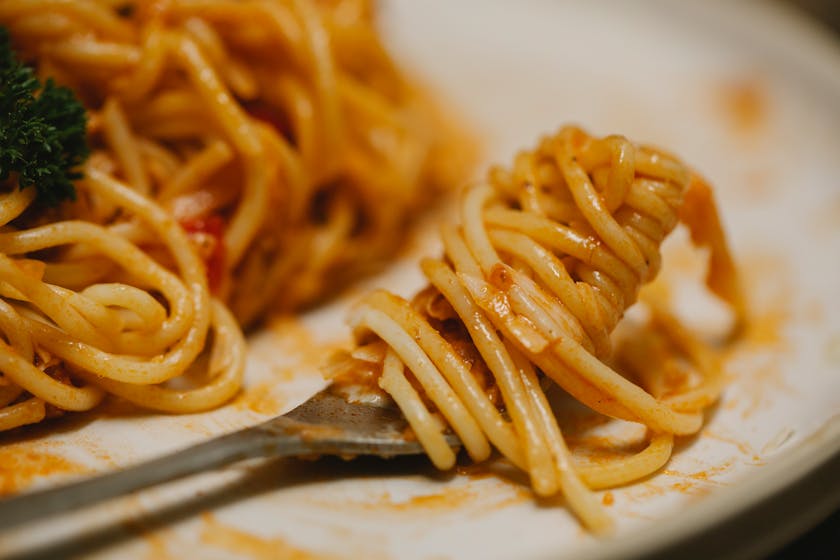When it comes to preparing allergy-friendly meals, navigating food sensitivities can be a challenge for many households. This guide aims to simplify the process, ensuring that everyone can enjoy delicious and safe dishes.
Understanding Common Food Allergens
Before diving into cooking, it’s crucial to familiarize yourself with the eight most common allergens: milk, eggs, peanuts, tree nuts, fish, shellfish, soy, and wheat. Understanding these ingredients and their potential substitutes is the first step in allergy-friendly meal prep.
Strategies for Allergy-Safe Meal Planning
Meal planning is your best ally. Start by creating a list of safe ingredients and recipes that are free from the allergens you need to avoid. Look for versatile recipes that can be adapted to cater to different dietary needs.
Shopping for Allergy-Friendly Ingredients
When shopping, always read labels carefully. Manufacturers often update their ingredient lists, so a product that was safe in the past might not be anymore. Many stores now offer sections dedicated to allergy-friendly foods, which can be a great resource.
Batch Cooking Allergy-Friendly Recipes
Once-a-month cooking can be a lifesaver for those dealing with food allergies. By dedicating one day to cooking and storing meals for the month, you can reduce the daily stress of meal preparation. Here are some steps to get you started:
- Choose Freezable Recipes: Opt for dishes that freeze well, such as soups, stews, and casseroles.
- Prep in Advance: Wash, chop, and store your ingredients in the fridge the day before your cooking marathon.
- Label Everything: Clearly label containers with the dish name, date, and any allergen information to avoid confusion.
Cooking Techniques for Allergy-Friendly Foods
Embrace cooking techniques that lock in flavor without using allergenic ingredients. Steaming, grilling, and roasting can bring out the natural taste of your ingredients and reduce the need for additional seasonings.
Using Allergy-Friendly Substitutes
Many traditional ingredients have safe alternatives. For instance, almond milk can replace cow’s milk, and flaxseeds soaked in water can serve as an egg substitute. Get creative and experiment with different options to find what works best for you.
Cross-Contamination: Prevention in the Kitchen
It’s imperative to prevent cross-contamination. Always use separate utensils, cutting boards, and cookware for allergen-free cooking, and consider color-coding your kitchenware.
Sample Allergy-Friendly Recipe to Get You Started
Try this simple recipe for a one-pot chicken and rice dish that is free from the top eight allergens:
- Ingredients: 1 lb chicken breast, 2 cups rice, 4 cups chicken broth, 1 cup diced carrots, 1 cup peas, salt, and pepper to taste.
- Instructions: In a large pot, brown the chicken. Add rice, broth, and vegetables. Bring to a boil, then simmer until the rice is cooked. Season with salt and pepper.
Remember, the key to successful allergy-friendly cooking is careful planning and organization. With a bit of preparation, you can create a month’s worth of safe, delicious meals that everyone can enjoy.
Final Thoughts on Allergy-Friendly Cooking
Allergy-friendly meals don’t have to be bland or repetitive. With the right techniques and a bit of creativity, you can enjoy a diverse and flavorful menu that keeps food allergies in check.



